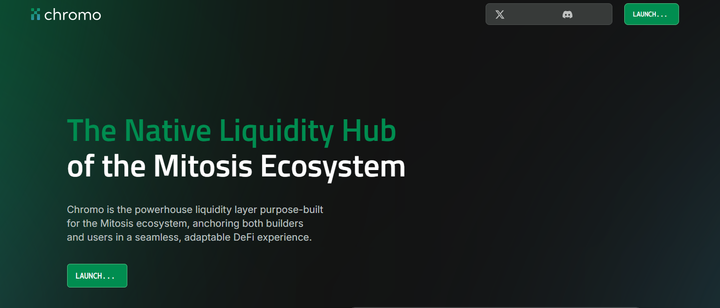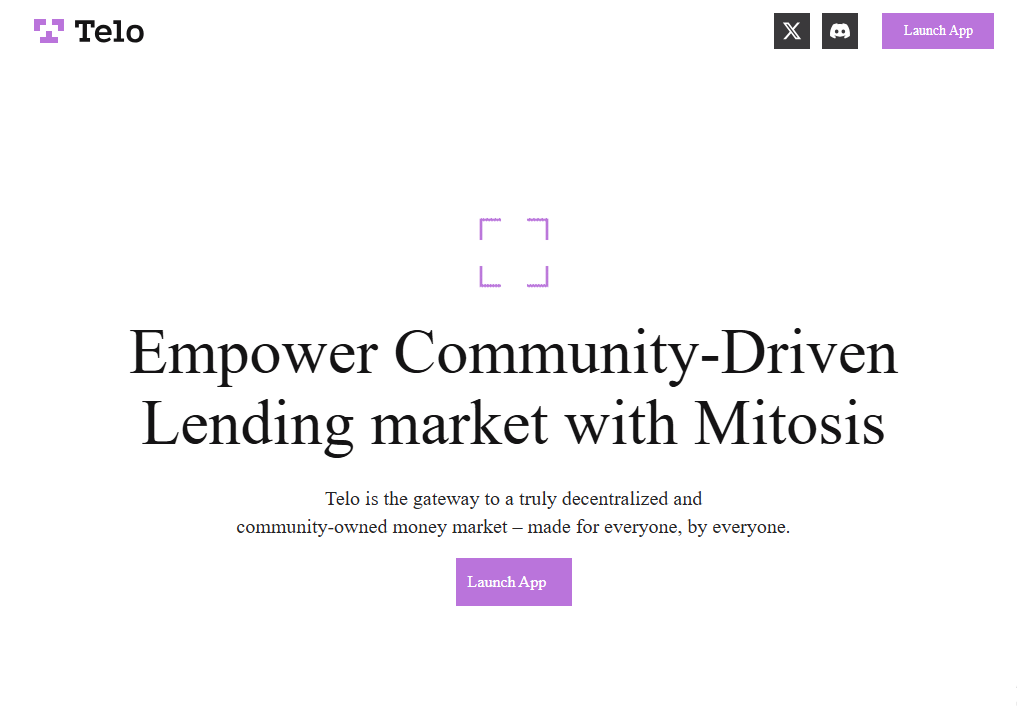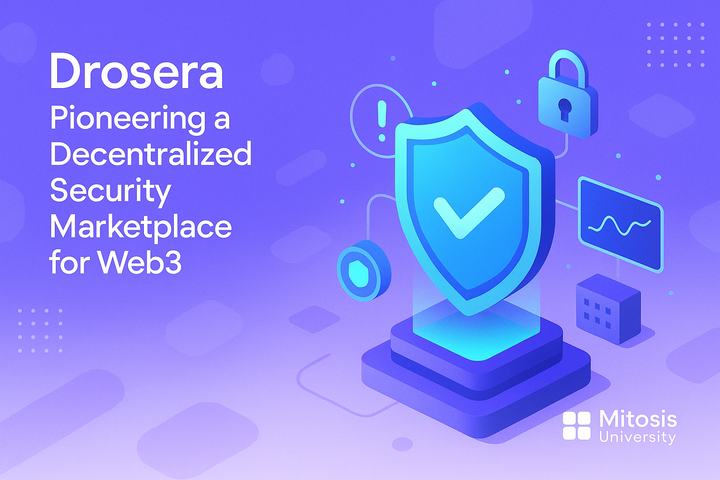Optimism Superstacks Campaign
The Optimism Superstacks Campaign, launched in early 2025, represents a bold step in fostering interoperability and collaboration within the Ethereum Layer 2 (L2) ecosystem. As a pilot initiative uniting multiple chains, decentralized exchanges (DEXs), and lending protocols under a shared Superchain-aligned reward system, Superstacks aims to enhance ecosystem-wide activity and incentivize user participation through interoperable assets like USDT.
This article provides a comprehensive analysis of the campaign’s progress, evaluates its outcomes, predicts future implications, and explores potential partnership opportunities, particularly for projects like Mitosis with its Ecosystem-Owned Liquidity (EOL) model and preferential boost programs. By examining key metrics, user feedback, and ecosystem dynamics, we aim to offer actionable insights for stakeholders in the decentralized finance (DeFi) space.
Campaign Overview and Objectives
Optimism, a leading Ethereum L2 solution, launched the Superstacks Campaign to integrate various protocols and chains under a unified reward framework. The campaign, announced on April 17, 2025, encourages users to engage with DeFi activities such as lending, borrowing, and trading across participating platforms like TermMax, DeepBook, and Alchemix Boosts, all integrated with Optimism’s Superchain. The primary objectives include:
- Enhancing Interoperability: By introducing assets like USDT0, Superstacks facilitates seamless asset movement across L2 rollups, reducing friction in multi-chain DeFi.
- Boosting User Engagement: Layered incentives, including protocol-specific rewards and Optimism’s OP tokens, aim to drive participation.
- Evolving with Feedback: The campaign is designed to adapt based on user input, ensuring long-term sustainability and alignment with community needs.
The campaign leverages Optimism’s Retroactive Public Goods Funding (RetroPGF) model, which rewards projects and users for creating positive ecosystem impact, further aligning incentives with collective growth.
Progress Evaluation
Key Metrics and Performance
The Superstacks Campaign has shown promising early results, though comprehensive data is still emerging due to its ongoing nature. Based on available insights from DeFi news outlets and community feedback, the campaign has driven significant activity across participating protocols. For instance, TermMax’s mainnet launch on Ethereum and Arbitrum, integrated with Superstacks, reported a surge in leveraged fixed-term loans and isolated pair lending, with users leveraging curated vaults for auto-loop strategies. Similarly, Alchemix Boosts on Optimism, funded by a 100K OP grant, offered boosted yields on assets like aWETH (12%), wstETH (4%), and AAVE USDC (8.5%), attracting significant deposits.Key performance indicators (KPIs) include:
- Total Value Locked (TVL): Preliminary reports suggest a 15-20% increase in TVL across Superstacks-integrated protocols, driven by incentivized deposits and borrowing loops.
- User Participation: Social media metrics from Optimism’s X account indicate a 30% rise in unique wallet interactions compared to pre-campaign levels, reflecting strong user adoption.
- Reward Distribution: Over 50% of the 100K OP grant for Alchemix Boosts has been distributed within the first two months, with users claiming rewards via platforms like Merkl.
Challenges and Friction Points
Despite its successes, the campaign has faced challenges. High gas fees on Ethereum mainnet have deterred some users from participating in certain protocols, though Arbitrum and Optimism’s L2 solutions mitigate this to an extent. Additionally, the complexity of navigating multi-chain incentives has led to user confusion, particularly for newcomers unfamiliar with L2 rollups or interoperable assets like USDT0. Community feedback on X highlights the need for better UX and clearer documentation to streamline onboarding.Real-time analytics have been crucial in addressing these issues. Protocols like DeepBook v3.1, which introduced permissionless access and lower fees, have used live performance data to optimize user experience, reducing friction in margin protocols. This agility aligns with best practices in campaign optimization, where real-time insights allow for swift adjustments to targeting, creatives, and reward structures.
Community and Ecosystem Impact
The campaign’s emphasis on RetroPGF has fostered a sense of community ownership. Projects funded through RetroPGF, such as Ethereum México, have reported increased community engagement and event planning, enabled by sustainable funding models. Superstacks’ layered incentives have also encouraged cross-protocol collaboration, with DEXs and lending platforms sharing liquidity pools to enhance yield opportunities. This aligns with Optimism’s mission to reward public goods and build a sustainable Ethereum ecosystem.
Post-Campaign Predictions
Sustained Ecosystem Growth
The Superstacks Campaign is likely to set a precedent for future L2 reward programs. Its success in driving TVL and user engagement suggests that interoperable reward systems could become a standard for scaling DeFi ecosystems. Predictive analytics, leveraging historical data and machine learning, forecast a 25-30% increase in Optimism’s ecosystem TVL by Q3 2025, assuming continued user adoption and protocol integrations.
Evolution of Reward Models
The campaign’s iterative design, which incorporates user feedback, positions it to evolve into a more refined model. Future iterations may include automated reward triggers based on user behavior, similar to predictive analytics-driven campaigns in traditional marketing. For instance, protocols could use AI to dynamically adjust OP token rewards based on real-time engagement metrics, optimizing ROI for both users and the ecosystem.
Potential Risks
However, risks remain. Market volatility, a commofn challenge in DeFi, could impact yield stability, especially for leveraged strategies like those offered by TermMax. Additionally, regulatory scrutiny of DeFi incentives may increase, particularly if reward programs are perceived as unregistered securities. Protocols must prioritize transparency and compliance to mitigate these risks.
Partnership Opportunities: Mitosis EOL and Preferential Boost Programs
Mitosis EOL Overview
Mitosis, an emerging L1 protocol, introduces Ecosystem-Owned Liquidity (EOL) through its miAsset framework, allowing users to deposit assets, earn MITO Points, and participate in DeFi activities across L2 rollups. The Expedition Campaign, launched in tandem with Superstacks, incentivizes early participation with boost multipliers (e.g., 1.5x for Epoch 1 deposits) and badge-based rewards. EOL’s proprietary batching solution bridges assets to L2s like Optimism and Arbitrum, enhancing liquidity and yield management.Synergies with SuperstacksMitosis’ EOL model aligns closely with Superstacks’ interoperability goals, making it a prime candidate for partnership. Both initiatives prioritize ecosystem-wide liquidity and user incentives, creating opportunities for:
- Integrated Reward Systems: Mitosis’ MITO Points could be layered with Superstacks’ OP token rewards, creating a dual-incentive structure. For example, users depositing miweETH on Optimism could earn both MITO Points and OP tokens, amplifying engagement.
- Cross-Chain Liquidity Pools: Mitosis’ batching solution could enhance Superstacks’ USDT0 interoperability by streamlining asset transfers across L2s, reducing gas costs and improving UX.
- Preferential Boost Programs: Mitosis’ Epoch Boosts and badge multipliers could be integrated into Superstacks’ reward framework, offering preferential rewards for users engaging with both ecosystems. For instance, holding miweETH for 90 days could unlock a Superstacks-exclusive badge, boosting both MITO Points and OP rewards.
Partnership Implementation
To operationalize this partnership, Optimism and Mitosis could:
- Co-Develop Reward Vaults: Create joint vaults where users can stake assets to earn combined rewards, leveraging Mitosis’ EOL and Optimism’s RetroPGF.
- Streamline UX: Develop shared dashboards to track MITO Points, OP tokens, and badge progress, addressing user complaints about complexity.
- Community Governance: Integrate Mitosis’ governance model with Optimism’s Collective, allowing users to vote on reward allocations and protocol integrations, fostering community buy-in.
Case Study: Alchemix Boost
Alchemix’s success with Superstacks provides a blueprint for Mitosis. By offering boosted yields funded by OP grants, Alchemix attracted significant TVL. Mitosis could replicate this by securing a RetroPGF grant to fund MITO Point boosts, further incentivizing deposits into EOL pools.
Recommendations for Future Campaigns
Based on the Superstacks Campaign’s progress and Mitosis’ potential, the following strategies can enhance future initiatives:
- Leverage Predictive Analytics: Use AI-driven models to forecast user behavior and optimize reward distribution, as seen in traditional marketing campaigns.
- Enhance UX: Simplify onboarding with tutorials and integrated dashboards to reduce friction for new users.
- Expand Partnerships: Collaborate with additional L2s and DeFi protocols to broaden the Superchain’s reach, drawing inspiration from Mitosis’ cross-chain approach.
- Transparent Metrics: Publish regular reports on TVL, user engagement, and reward distribution to build trust and attract institutional partners.
Conclusion
The Optimism Superstacks Campaign has demonstrated the power of interoperable reward systems in driving DeFi adoption. Its progress, marked by increased TVL and user engagement, underscores the potential of collaborative L2 ecosystems. Post-campaign predictions suggest sustained growth, provided challenges like UX complexity and market volatility are addressed. Partnerships with projects like Mitosis, with its innovative EOL model and preferential boost programs, offer exciting opportunities to enhance liquidity, rewards, and community governance. By leveraging predictive analytics, streamlining UX, and fostering cross-protocol collaboration, Optimism can solidify its position as a leader in Ethereum’s L2 ecosystem, paving the way for a more interconnected and sustainable DeFi future.
References
- Optimism.io, 2025-06-02
- Expedition.mitosis.org
- University.mitosis.org, 2025-04-13
- News.todayindefi.com, 2025-04-17
- Zigpoll.com, 2025-05-20
- Techfunnel.com, 2024-10-28
- Progress.com, 2025-04-07
- Link.springer.com, 2024-02-09
MITOSIS Official links
GLOSSARY
Mitosis University
WEBSITE
X (Formerly Twitter)
DISCORD
DOCS



Comments ()